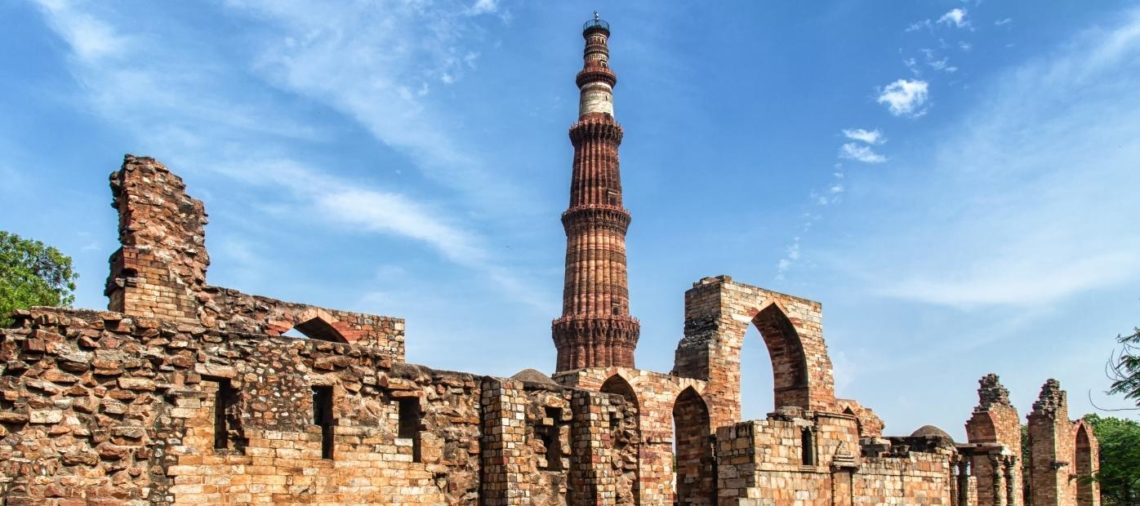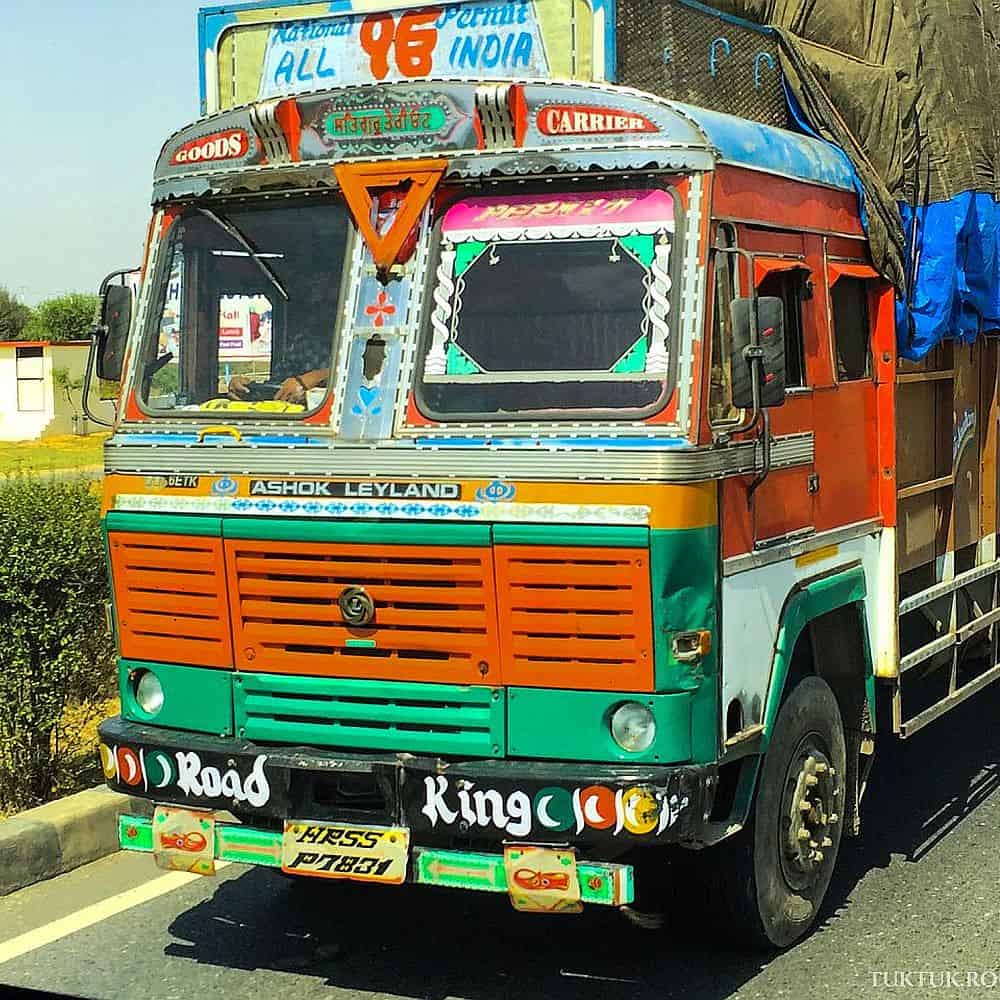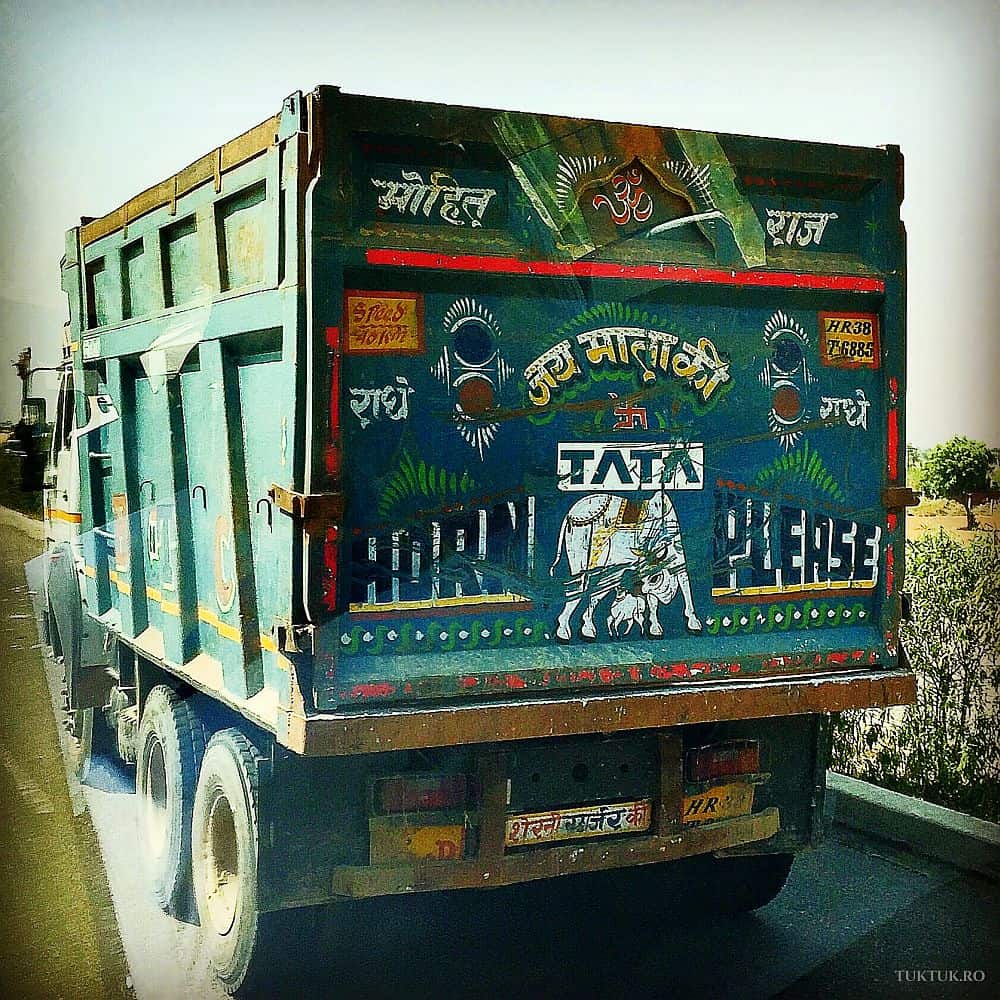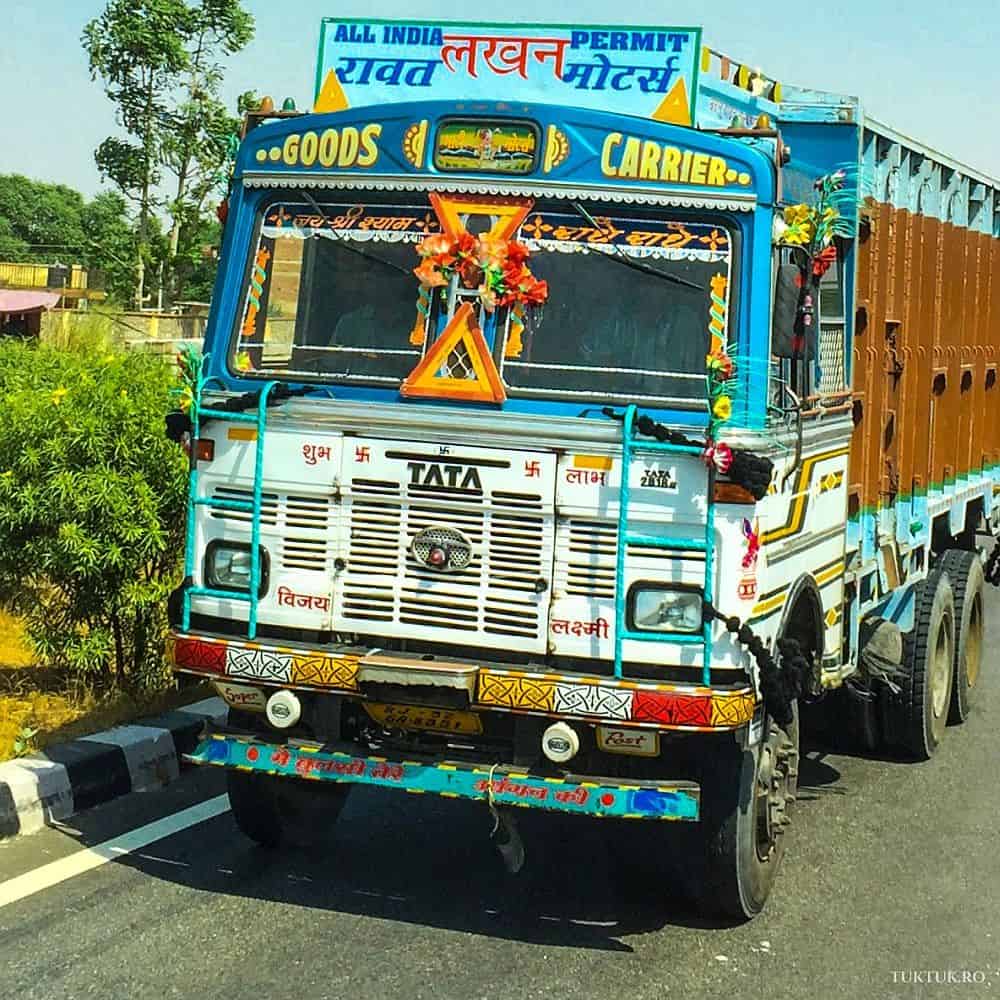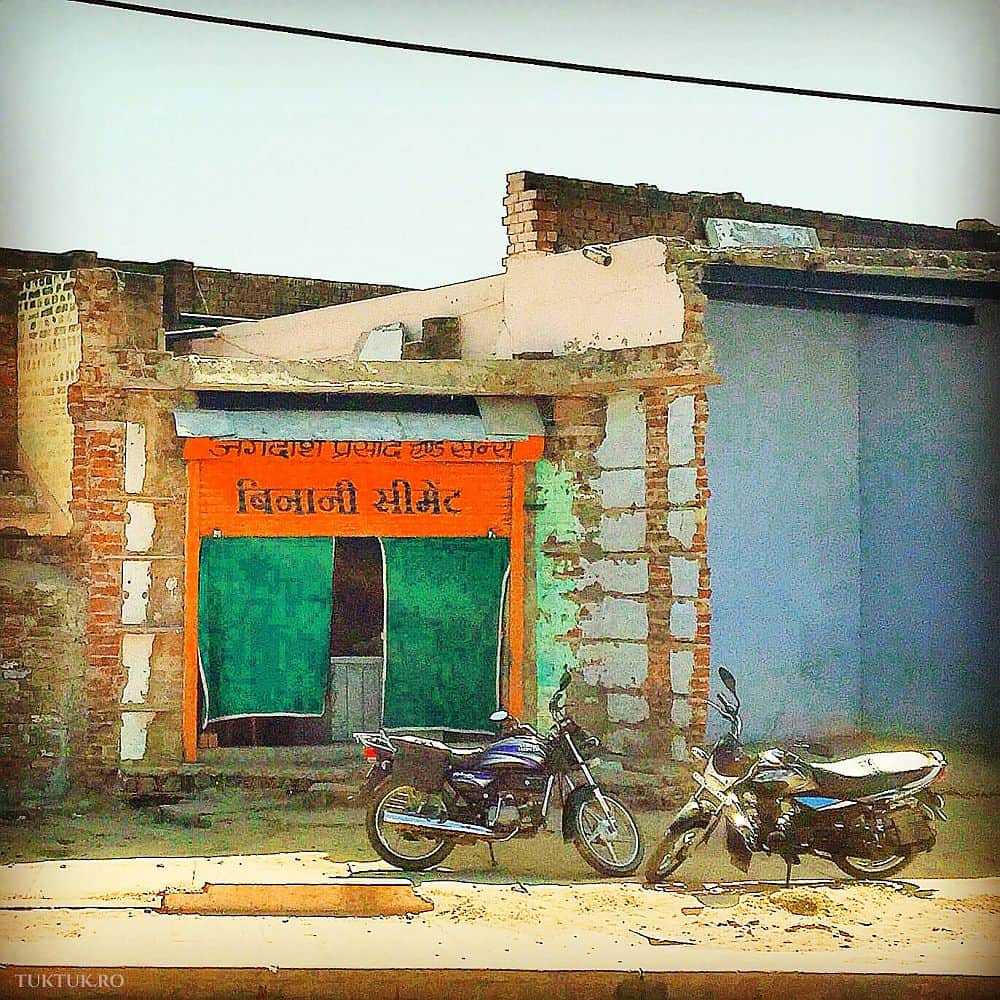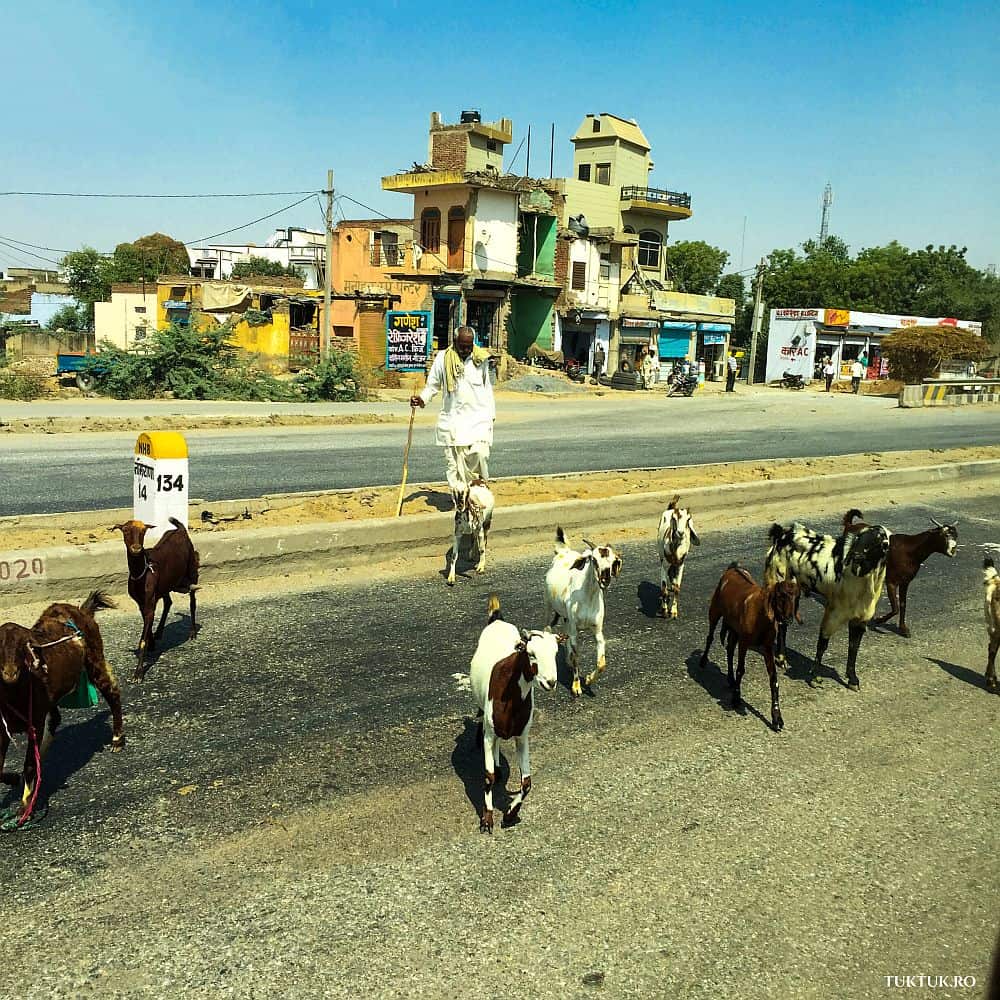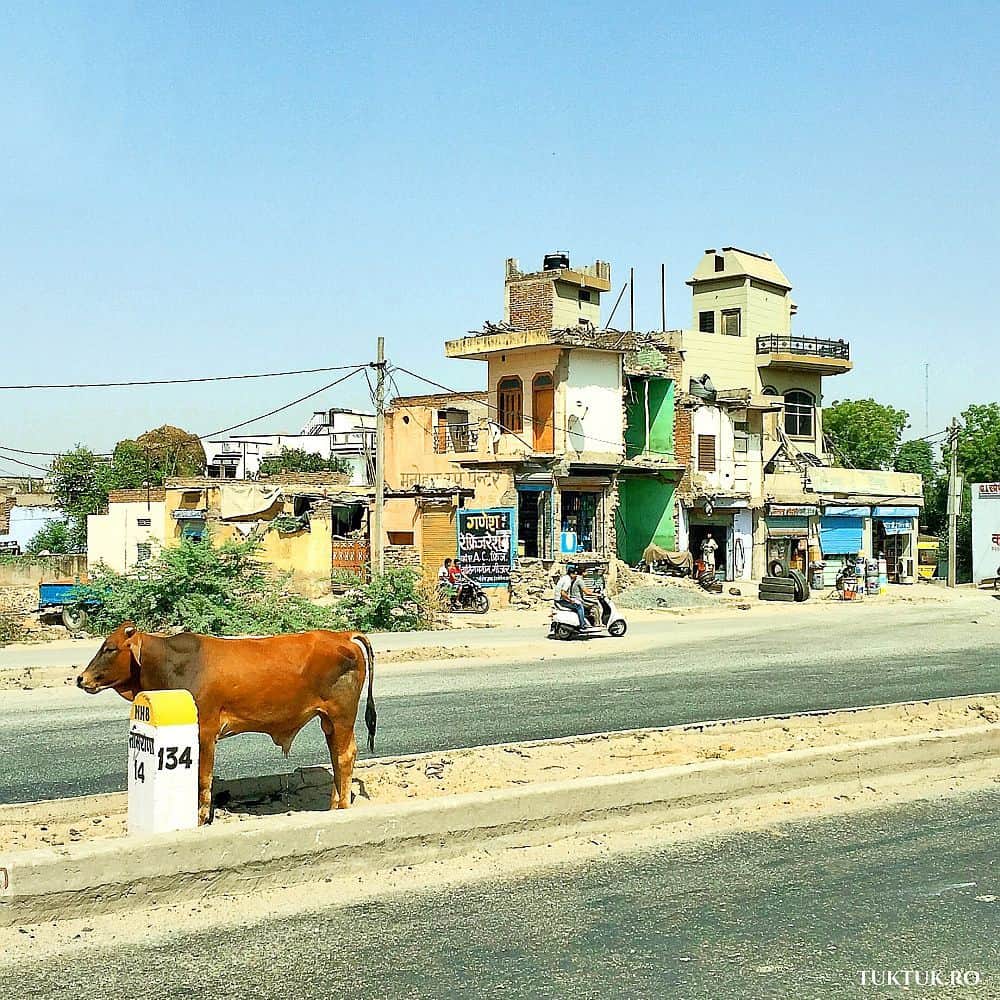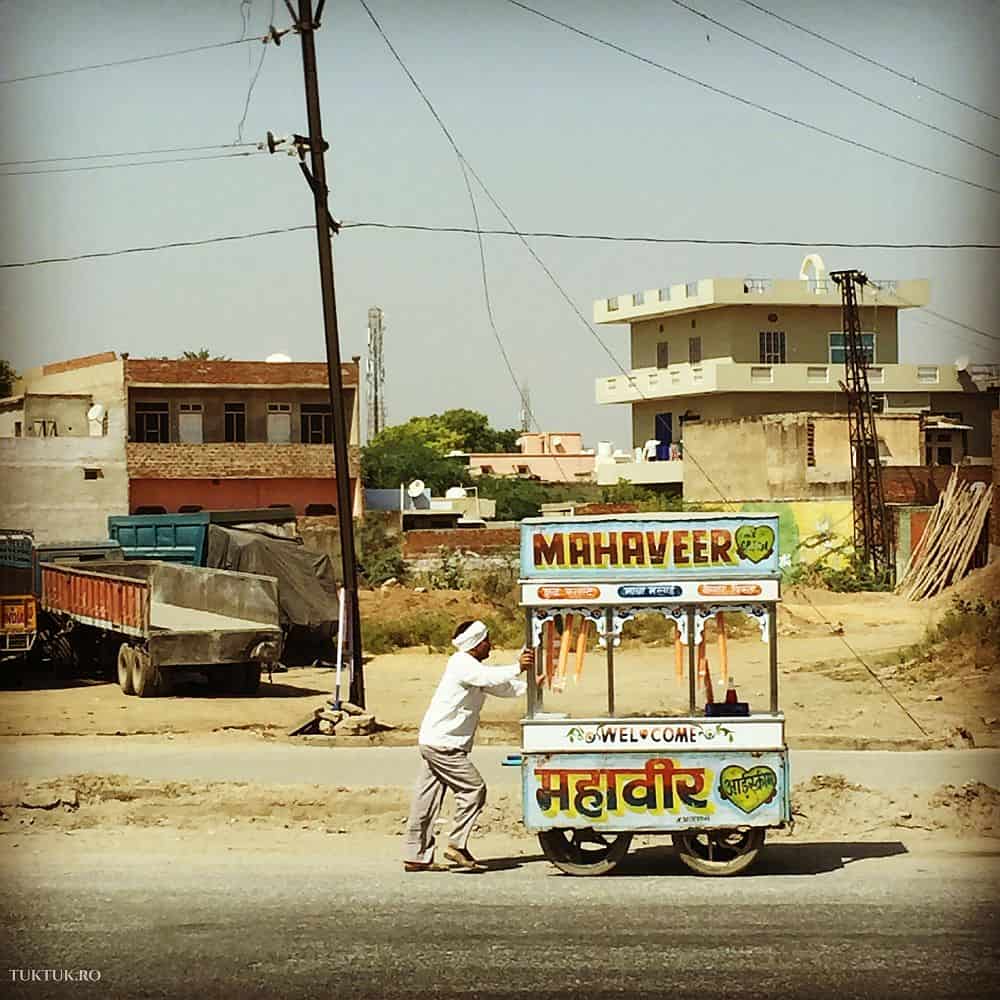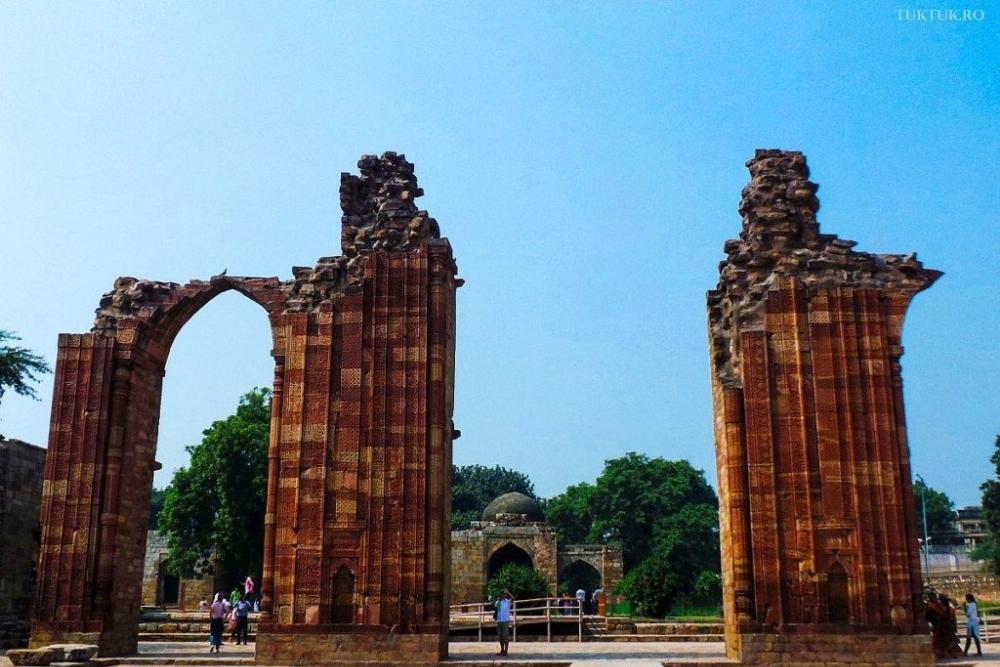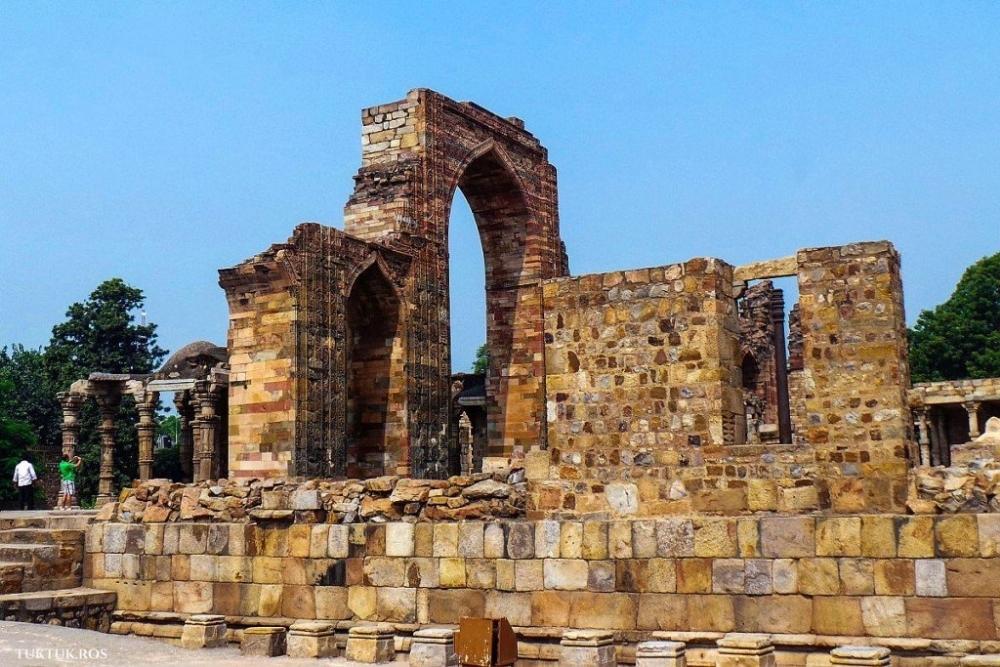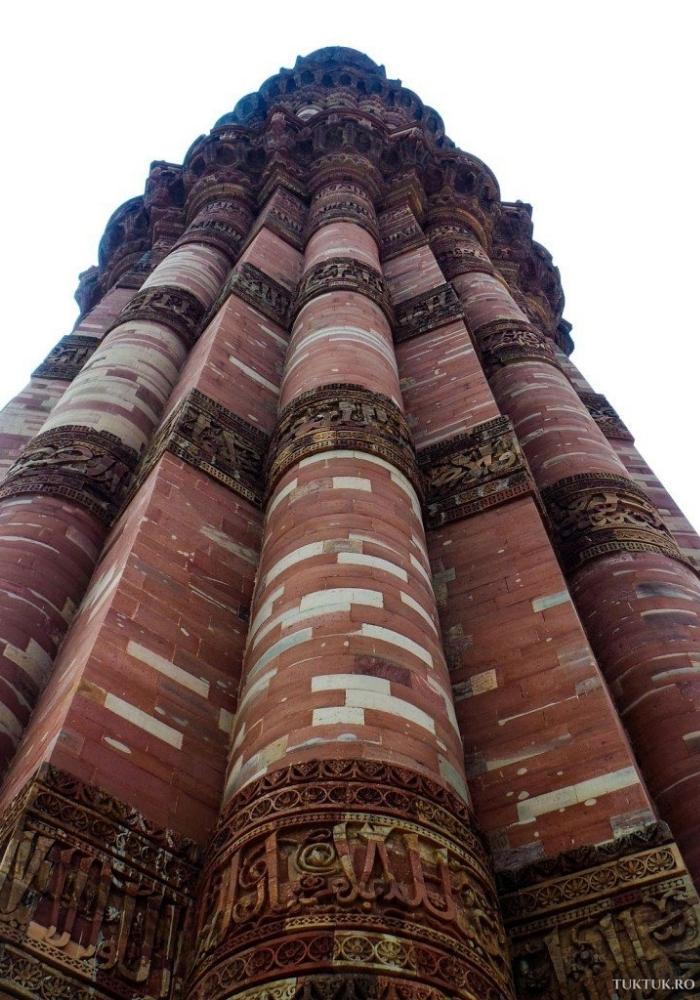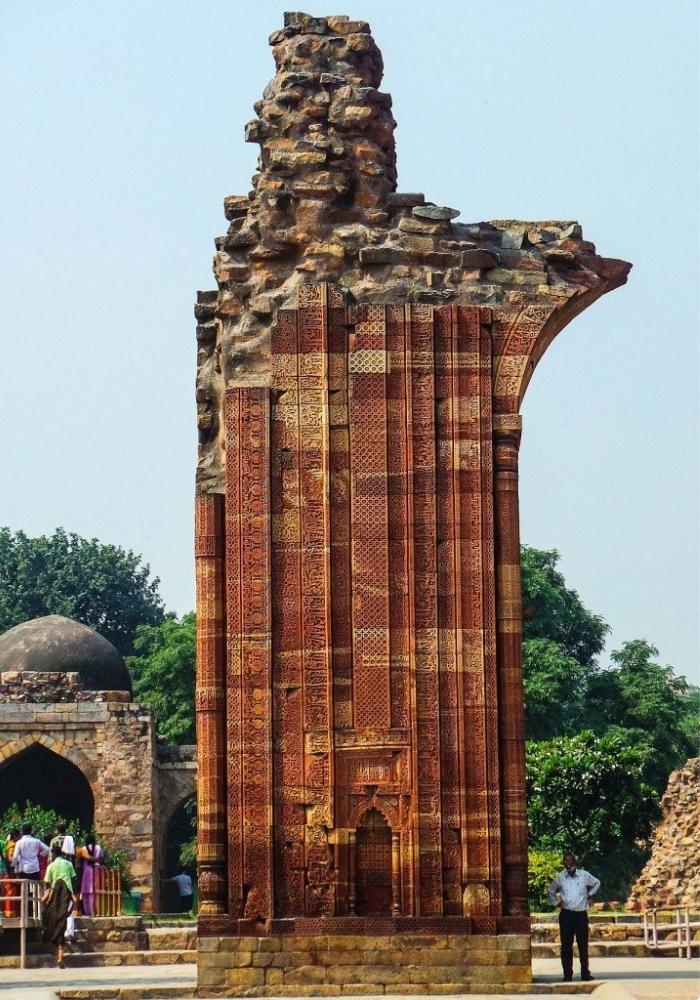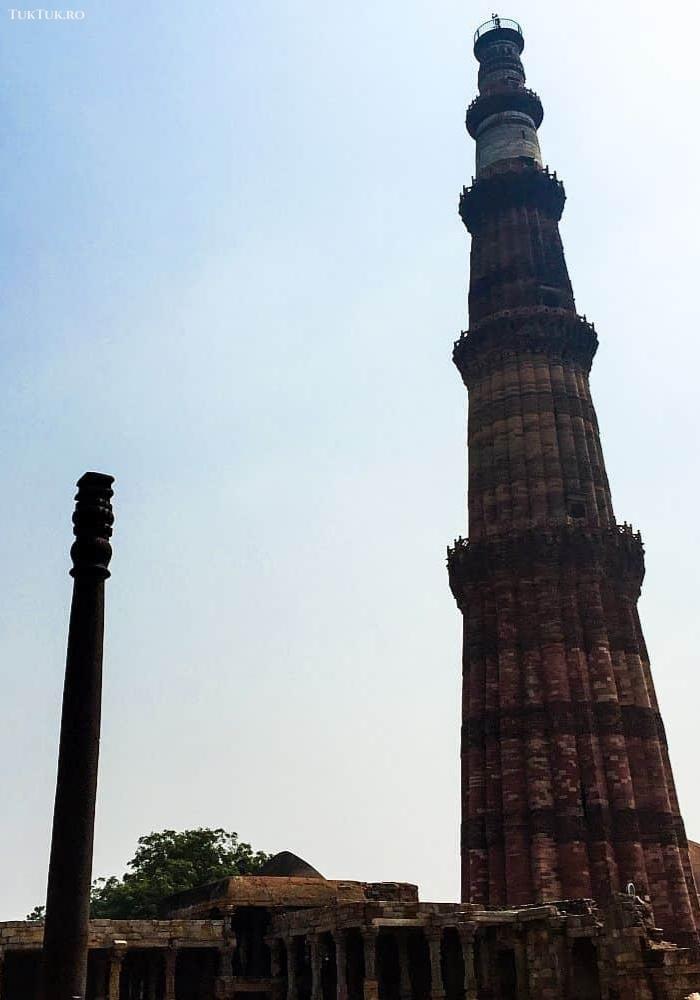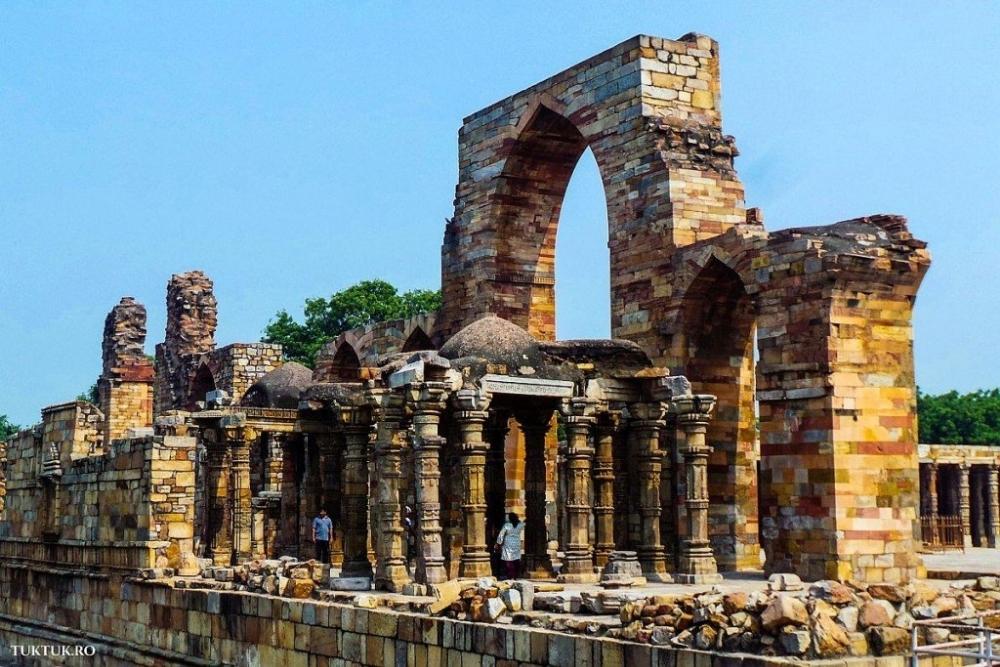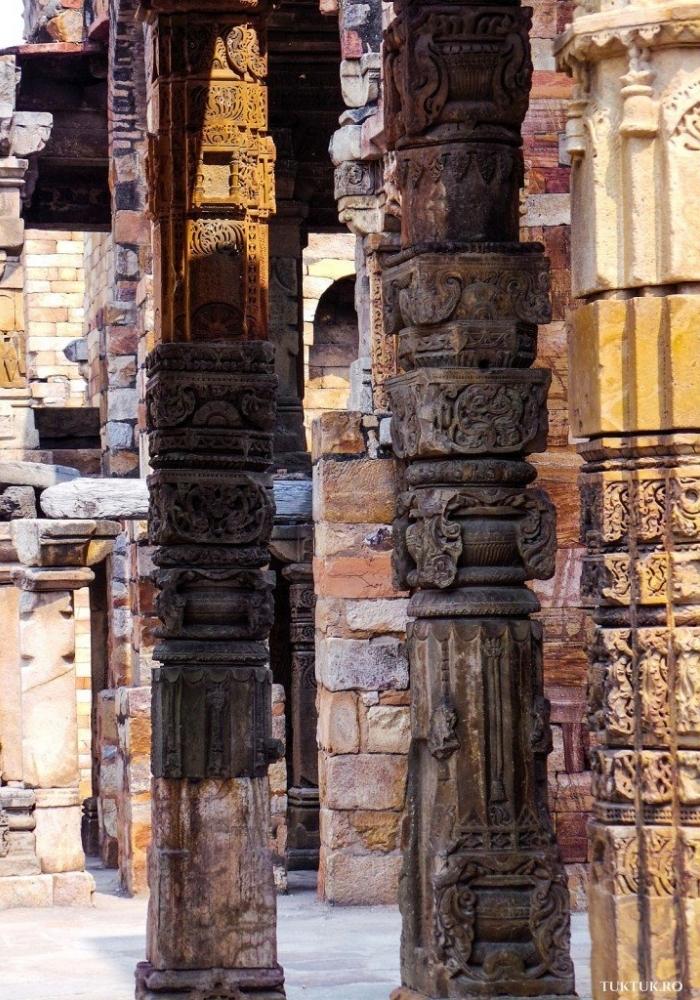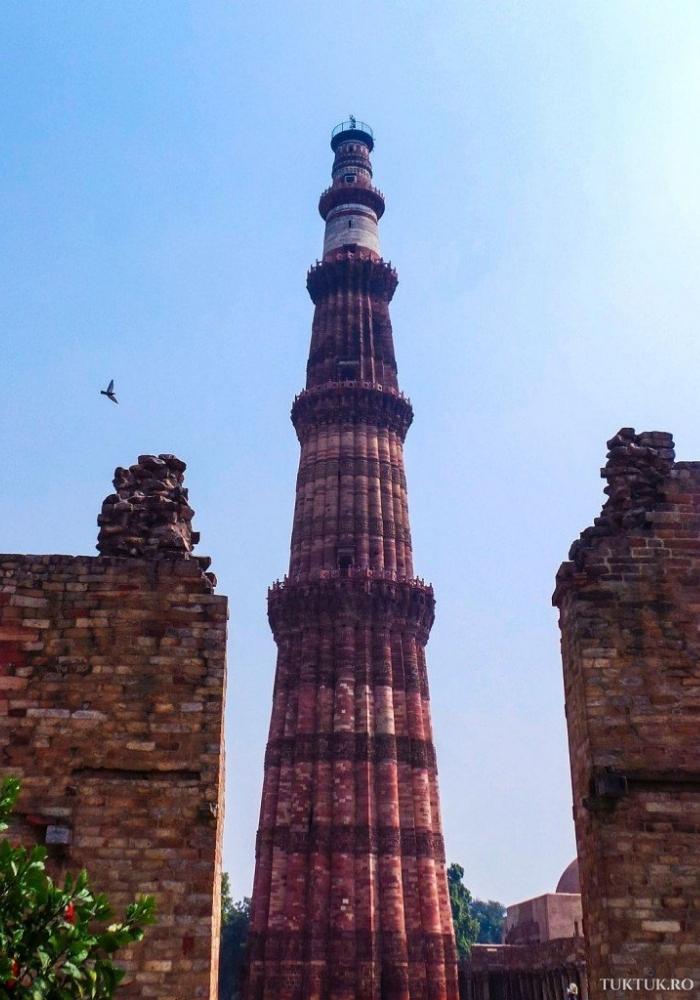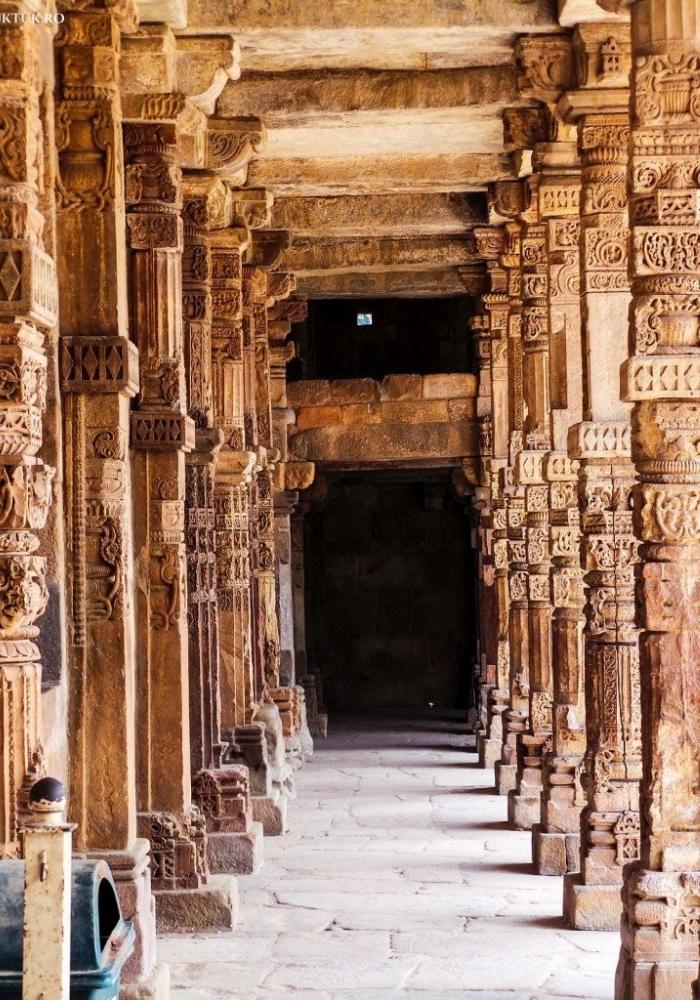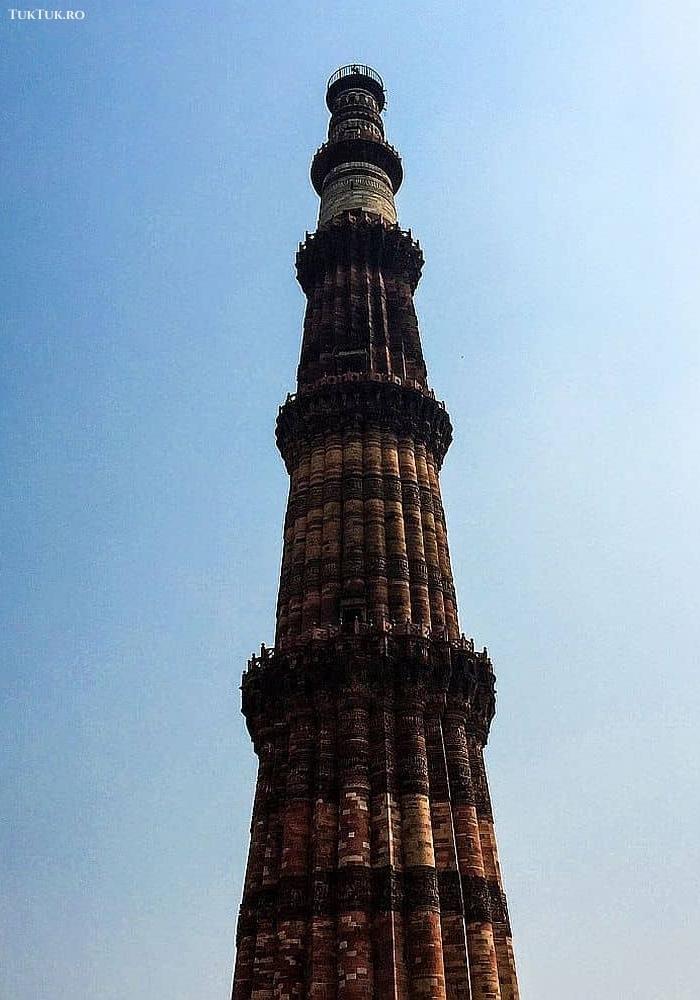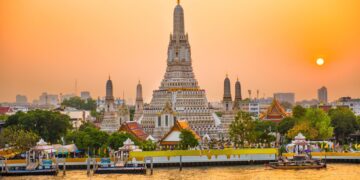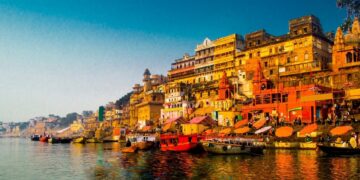In the news: dengue fever outbreak in the New Delhi area. It’s ten days away, and I’m going to India, a country I’ve never visited. In my ears – all kind of whispers: from the optimistic “hey, how cool you’re going out there, I envy you” to the unspeakable “what the hell are you doing out there where the rats are out on the streets?” Of course, it is absurd not to go to a country with six seasons (according to the Hindu calendar), where a man lives with 39 wives and 94 children, where police officers receive a small salary bonus if they wear mustache, a country that has the lowest consumption of meat per capita in the world… just because it is possible to see a rat crossing the street, like any good and respectful pet!
Preparation for… Namaste!
A brief documentary about dengue fever isn’t making me feel comfortable. The responsible mosquitoes seem pretty bad, and the symptoms, the headaches, the fever, and the whole thing seem to be quite unbearable. In these situations, it is good to think that the devil is not as black as it is told and look for prevention. In the case of dengue, prevention means solutions against mosquitoes, from citrate eucalyptus oil to the classic Autan (the version that scares tiger and tropical mosquitoes – take it in case you fear dengue fever).
I wasn’t going to fall into a mosquito net in New Delhi, Jaipur, Agra. In fact, I didn’t even see so many mosquitoes in India, and if I did, they were in areas with a lot of vegetation, especially early in the morning. Dengue fever was only going to be a grumpy tourist terror, and, after all, it’s good that it remained that way. If you’re a little paranoid about the possible harmful effects of a trip to India, study the 201 tips written by this guy. Some of them are real, and it’s good to follow his advice. I will write about others in the following. What to eat and what to drink, how to avoid scams, how to behave at temples airports, and, in general, how to make India a successful travel destination. Because it has all the premises for it.
Maybe the best “start” for loving India is the classic tour of the Golden Triangle: New Delhi – Agra – Jaipur. Lately, I’m advancing more and more the idea that when we do things in the classic style (which worked out in the old days), they turn out well (as they used to be). So I enthusiastically embraced the idea of the classic “triangle” for “my first India.” With the help of my friends from Turkish Airlines, I arrived in a short time, via Istanbul, in New Delhi.
At four o’clock in the morning, outside Indira Gandhi Airport, the capital of India looks like a sleeping giant, wrapped in a strange mist, rather a smog. Although Shanghai was said to be the most polluted city in the world last year, an international report on air pollution in major cities of the world designated New Delhi as the champion. No wonder: Delhi became the second most populous city after Tokyo: 25 million people. A somewhat larger Romania amalgamated in a city. A huge one. It is estimated that in 2050, India’s urban population (currently 410 million) will reach 814 million, exceeding that of China.
Honk honk!!!
Slowly, the dawn takes over the city and, from the rush of the coach, I get acquainted with the Indian Highway. This is an ambiguous combination of the street, communal road for animals, an arena of crazy drivers exhibitions, a truck track, and, in general, everything having wheels and respecting only its own rules. On the Indian Highway, everyone is set on the “show” mode. The first thing that strikes you is the horns, which you have to get used to in India’s first minute.
Honking is the Indian way of asking, “how do you do?”. They honk long every time they overtake, when they are overtaken, or anytime they want, sometimes with no reason. They like horns so much that they can fit horn models more sophisticated or louder, louder, louder! Big letters invite you on the back of the trucks or other vehicles: PLEASE HONK! It’s like drivers ask you to warn them when you overtake because probably it can happen for them to sleep or play chess with their partner on the road.
And if it’s to be with PLEASE, then it’s with pleasure. In the streets of India, it’s a constant noise because drivers honk like hell. This feeling of permanent chaos (in fact, it’s not just a feeling but a reality) can be fought in two ways: you either set up on Indian traffic frequency, or you get a painkiller before you leave the hotel. And you’d better start with the first solution because, in some kind of way, it functions.
But it’s funny. The roadshow offers many unforgettable moments, which I will mention a little later. So far, I am arriving at Hilton in Gurgaon, 30 km from New Delhi, a city that has rapidly turned into a major financial and industrial area, especially when we consider that half of the 500 most famous Indian companies are based there. Gurgaon is rather a sober town (if one may say so), in the context of what Indian cities represent, one that resembles perhaps most to our perception of a “normal” city. In the 70s, Indian car manufacturer Maruti Suzuki India opened its doors in Gurgaon, which was a small village inhabited by Hindus. Rapid development followed, and the proximity to the capital spurred many companies to open their headquarters here.
Hilton Banni Square, in Gurgaon, shows its five stars since breakfast. I won’t discuss the quality of “stars” at hotels in India. Just consider that, if it is 4 or 5, the hotel is decent and the conditions are good to very good, so there are no “misses.” Or at least I didn’t get one. The first contact with Indian cuisine goes slowly. Lucky for me, I eat seasoned, I’m goofy, and I like to try the culinary adventures I meet. But the slow process quickly becomes a love story. Indian food is delicious. Varied and spicy, full of flavor, every bite makes you discover its meanings and aromas. 70% of the world’s spice production comes from India. Aided by spices, Indian cuisine is one of the most special in the world.
Mavi, a 10 stars guide
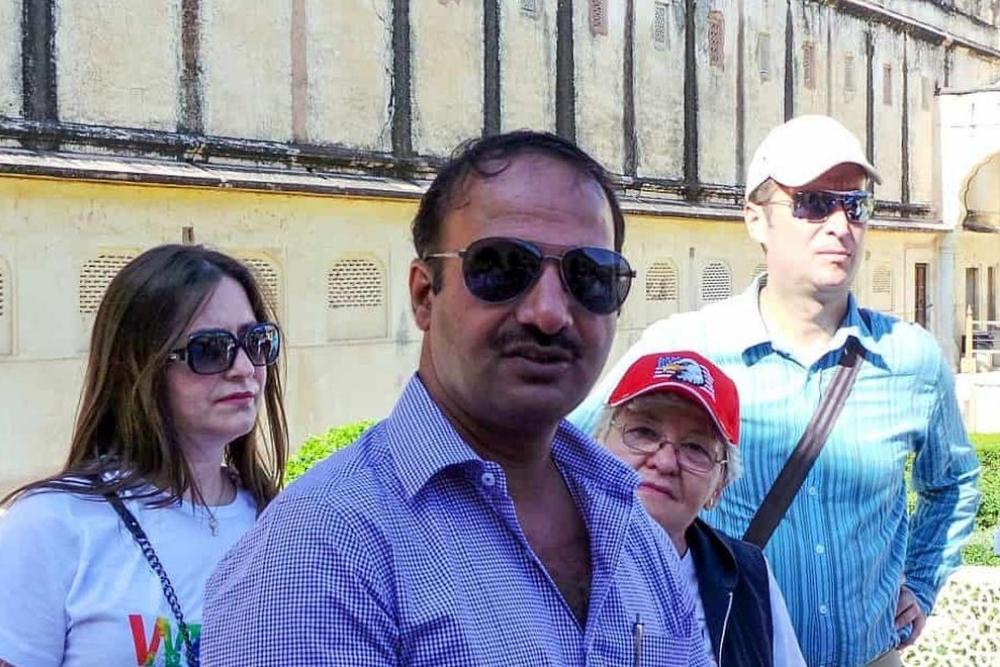
Before leaving for Qutab Minar, the first stop on the Indian miracle route, I must make a heartfelt presentation. The entire tour of India took place under the “patronage” of the SITA agency, whose cute boss, Sunit Bhaumik, accompanied me throughout the six days journey, assuring that things were always perfect. But the main character, the positive hero, the super-star of the week, who collected all the applause and won everyone’s hearts, was the guide – Mahavir Singh. Mavi, a modest, intelligent, humorous Indian with an impressive life story, a widower, father of two girls and a boy, the man to whom, if I had recorded all the words of this journey, I would probably have collected a book about India.
Always patient and open, eternally smiling and polite, Mavi is the pure incarnation of the Indian god of guides, in case there ever were any. If you ever go to India, even on your own, look for Mavi to guide you through this beautiful country. And if you regret the choice, write to me, and I promise to drink water directly from the Ganges as punishment.
Qutub Minar, tower of Muslim triumph
Qutub Minar (you’ll also find Qutab or Qutb) is a kind of tower of Pisa, but in India, with the difference that it’s not tilted, it’s red and has an entirely different history. Located in the Qutb complex (Mehrauli area in the south of the city) and UNESCO heritage site since 1993, the tower has a height of 72.5 m (it is the second-highest minaret in India, after Fateh Burj, in Mohali), a diameter at the base of 14.3 m and 2.75 m at the peak.
To get to the top, you have to climb 379 steps. Its story dates back to 1193 when it was built at the request of Qutab-ud-Aibak, immediately after the victory of the last Hindu kingdom in Delhi. Aibak made the first three floors, the following being the work of his son-in-law (and successor), Shams-ud-din-Iltutmish.
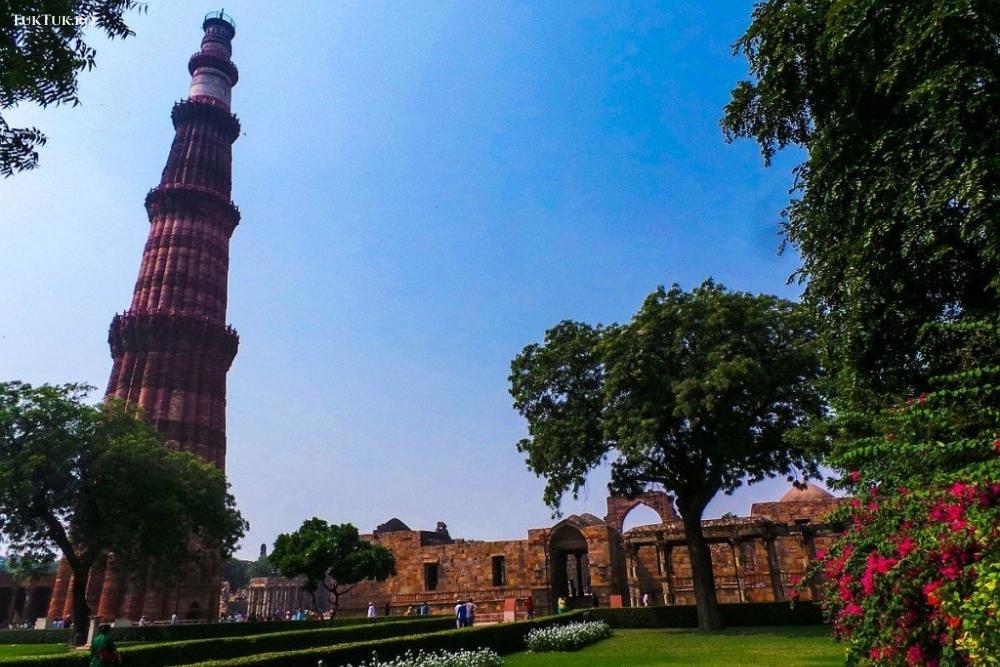
So it’s considered a victory tower. Although its origins still bathe in uncertainty, many believe it was erected to celebrate the beginnings of the Muslim era in India. The tower has five distinct “floors”, each marked by a balcony. The first three are made of red sandstone, and the last two are of marble and sandstone.
Right next to the tower are the ruins of the first mosque built in India: Quwwat ul-Islam, whose eastern gate was raised from the material obtained by the demolition of 27 Hindu temples. An iron pillar with a height of 7 meters rises with a hole in the mosque’s yard. This pillar became famous because it never rusted in its history of 1600 years. It’s a phenomenon that researchers have long studied but not yet fully figured out. The pillar’s iron has an unprecedented purity of 98%. It seems that it was brought and buried in the courtyard of the Qutb mosque by King Anangpal of Tomar, who founded Delhi in 1020. But the fact that it was so old and did not present the slightest trace of rust drew the scientific world’s attention, scientists trying to find out what it is composed of.
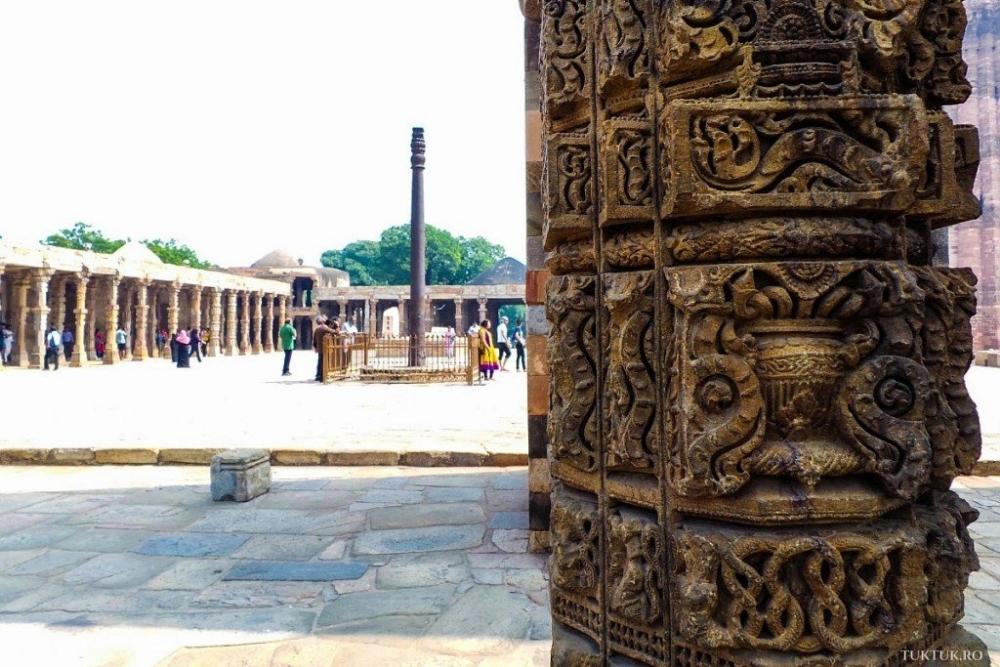
It was only in 1961, following chemical analyzes, that they indicated an incredibly low carbon presence compared with modern iron structures. Hammer marks were found on the surface of the pillar. In 2002, Indian metalworkers concluded that the pillar does not rust due to a very thin layer of alloy (iron, oxygen, and hydrogen) applied, which protected it over time. And yet, the conclusion was not embraced by everyone.
I noticed that the pillar was surrounded by a fence, probably to be protected from the “rage” of tourists tempted to carve on him Raj + Aishwarya = Love. They say that if you stand with your back to the pole and circle it with your hands behind your back, you’ll get lucky. I missed the point, but you can’t do it anyway unless you broke the law and jumped the fence.
Otherwise, the place was full of school children, younger or older, who had come to visit it enthusiastically. The entrance costs 250 rupees (approx. 3.5 euros) for foreign tourists (always, entries to the sights have a much lower price for locals – in this case, Indians pay only 10 rupees, that is, almost nothing). Qutab Minar is open daily.
Fact: There are over 300,000 active mosques in India, more than in any other country in the world.
One minute in TukTuk, at Qutub Minar:
New Delhi sensations
New Delhi is a mixture of sensations, as is, by the way, the whole country. It’s hard to define a city that is so different by its contrasts. Many people asked me when I came back from India if there was “misery”. You can’t answer with a big no. Cleanliness is a relative notion in India. A spoiled one would say that the mess is big and probably wouldn’t be wrong. In India, people seem to be throwing everything down the street, and garbage can stay there for weeks, months, years. Everything is chaotic: houses are completely unsightly, and some wonder how they haven’t collapsed yet. Cows and oxen run freely in the streets, and Nobody has a problem with that (we know the cow is a holy animal in India, right? Nobody touches Madame Cow because she is a “mother” who gives milk). Elephants, baboons, camels (“The camel is the Ferrari of the Indians,” as Mavi told me), squirrels, pigs – here are just a few other species that you see on the streets driving freely. But this is all part of India’s charm. Without them, the country would probably lose its fascination and color.
Before I go to the next stop in New Delhi, I have to confess that I have come back from India with the firm conclusion that you have to prepare for this beautiful country. So, you go to India knowing that it’s messy on the streets, and you don’t let that affect you, but on the contrary, you seek to understand and fill yourself with the beauty and joy of the Indian street. Know what you expect and let you be surprised only by the positive things.
The way people eat at a lousy street food stand. The way they gather in groups and wander for hours. The way they sit barefoot in rickshaws, waiting for some lost client. The way they stare at you like they’d want to discover your past – yours and seven other generations before you. The way they’d do anything to get a tip. The Indian Street is a continuous show that you will start loving in a short while.
You may also like: 10 tips for a trip to India – a guide for the paranoids

